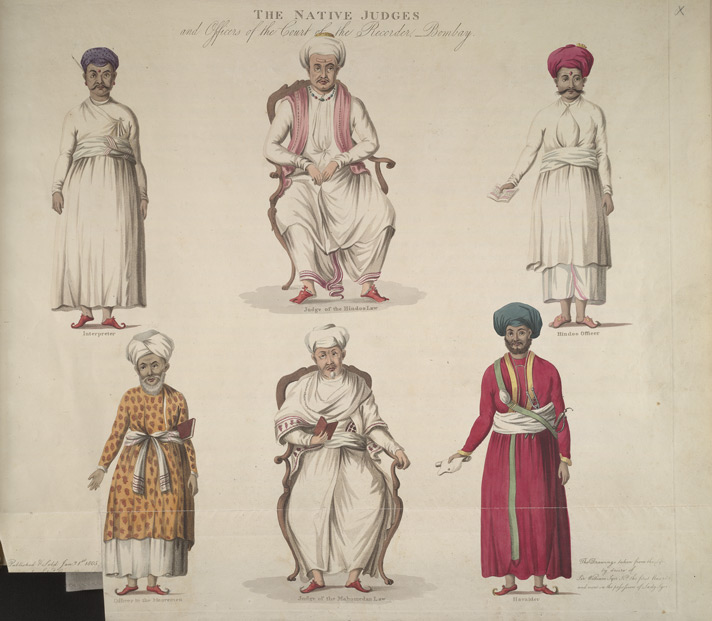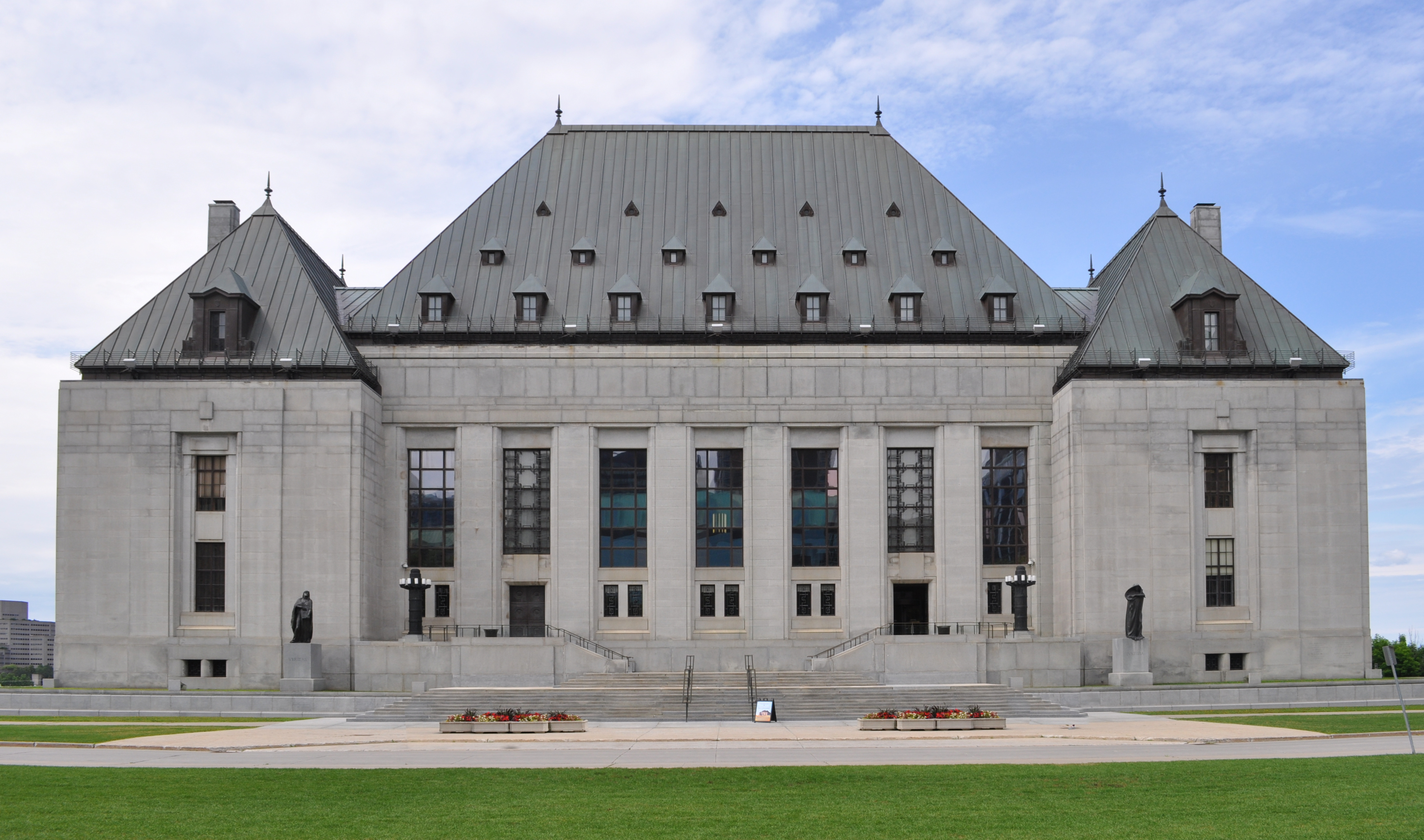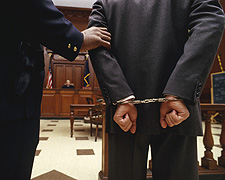|
Praecipe
Writs of praecipe (imperative of the Latin ''wikt:praecipio, praecipio'' ("I order"), thus meaning "order [this]") are a widespread feature of the common law tradition, generally involving the instigation of some form of swift and peremptory action. Early development The word ''praecipe'' moved from the Roman Empire into the medieval Latin of the English Chancery (medieval office), Chancery, and so reached English law. In the twelfth century, writs praecipe, addressed to sheriffs, emerged as the swiftest way to bring legal disputes to the royal courts. While the so-called possessory assizes, such as Assize of novel disseisin, novel disseisin, had marked a great advance in royal justice, they proved too rigid for the full complexities of land law, and so had to be supplemented by more specialised praecipe writs, such as praecipe for dower, or praecipe quod reddat. The latter, one of the so-called writs of entry, was singled out in Magna Carta Ch 34 by the barons in an attempt (largel ... [...More Info...] [...Related Items...] OR: [Wikipedia] [Google] [Baidu] |
Writ
In common law, a writ is a formal written order issued by a body with administrative or judicial jurisdiction; in modern usage, this body is generally a court. Warrant (legal), Warrants, prerogative writs, subpoenas, and ''certiorari'' are common types of writs, but many forms exist and have existed. In its earliest form, a writ was simply a written order made by the English monarch to a specified person to undertake a specified action; for example, in the Feudalism in England, feudal era, a military summons by the king to one of his tenant-in-chief, tenants-in-chief to appear dressed for battle with retinue at a specific place and time. An early usage survives in the United Kingdom, Canada, and Australia in a writ of election, which is a written order issued on behalf of the monarch (in Canada, by the Governor General of Canada, Governor General and, in Australia, by the Governor-General of Australia, Governor-General for elections for the House of Representatives, or state gove ... [...More Info...] [...Related Items...] OR: [Wikipedia] [Google] [Baidu] |
Close Roll
The Close Rolls () are an administrative record created in medieval England, Wales, Ireland and the Channel Islands by the royal chancery, in order to preserve a central record of all letters close issued by the chancery in the name of the Crown. History The first surviving Close Roll was started in 1204 (in the reign of King John), under the Chancellorship of Hubert Walter, though the actual practice may reach back to 1200, or even before.Sayles, G. O. ''The Medieval Foundations of England'' (London 1967) p. 291 Copies of the texts of the letters were written on sheets of parchment, which were stitched together into long rolls to form a roll for each year. Nature of contents Copies of royal grants of land or money (further transcribed to the Exchequer) made up the earliest contents of the Close Rolls; but the latter soon came to contain much wider matter, exchequer-related material being hived off after 1226 in separate Liberate Rolls. Indeed, in the early 13th century perha ... [...More Info...] [...Related Items...] OR: [Wikipedia] [Google] [Baidu] |
Assize Of Clarendon
The Assize of Clarendon was an act of Henry II of England in 1166 that began a transformation of English law and led to Jury trial, trial by jury in common law countries worldwide, and that established assize courts. Prior systems for deciding the winning party in a case, especially felony, felonies, included trial by ordeal, trial by battle, or compurgation, trial by compurgation (trial by oath), in which evidence, inspection, and inquiry was made under oath by laymen, knights or ordinary Franklin (class), freemen. After the Assize of Clarendon Jury trial, trial by jury developed, though some historians say beginnings of the jury system predate this act. The Assize of Clarendon did not lead to this change immediately; recourse to trial by combat was not officially rescinded until 1819 in the aftermath of the Ashford v Thornton, murder of Mary Ashford. The assize takes its name from Clarendon Palace, Wiltshire, the royal hunting lodge at which it was promulgated. Problems addre ... [...More Info...] [...Related Items...] OR: [Wikipedia] [Google] [Baidu] |
Bombay High Court
The High Court of Bombay is the High courts of India, high court of the States and union territories of India, states of Maharashtra and Goa in India, and the union territory of Dadra and Nagar Haveli and Daman and Diu. It is seated primarily at Mumbai (also known as Bombay), and is one of the oldest high courts in India. The High Court has circuit benches at Nagpur and Aurangabad in Maharashtra and at Porvorim in Goa. The first Chief Justice of India, Chief Justice, the Attorney General of India, Attorney General and the Solicitor General of India, Solicitor General of independent India were from this court. Since Independence of India, India's independence, 22 judges from this court have been elevated to the Supreme Court of India, Supreme Court and 8 have been appointed to the office of Chief Justice of India. The court has original jurisdiction in addition to its appellate jurisdiction. Judgments issued by this court can be appealed only to the Supreme Court of India. The ... [...More Info...] [...Related Items...] OR: [Wikipedia] [Google] [Baidu] |
Judge
A judge is a person who wiktionary:preside, presides over court proceedings, either alone or as a part of a judicial panel. In an adversarial system, the judge hears all the witnesses and any other Evidence (law), evidence presented by the barristers or solicitors of the case, assesses the credibility and arguments of the parties, and then issues a Court order, ruling in the Case law, case based on their Judicial interpretation, interpretation of the law and their own personal judgment. A judge is expected to conduct the trial impartially and, typically, in an in open court, open court. The powers, functions, method of appointment, discipline, and training of judges vary widely across different jurisdictions. In some jurisdictions, the judge's powers may be shared with a jury. In inquisitorial systems of criminal investigation, a judge might also be an examining magistrate. The presiding judge ensures that all court proceedings are lawful and orderly. Powers and functions The ult ... [...More Info...] [...Related Items...] OR: [Wikipedia] [Google] [Baidu] |
Motion (legal)
In United States law, a motion is a Legal procedure, procedural device to bring a limited, contested issue before a court for decision. It is a request to the judge (or judges) to make a decision about the Legal case, case. Motions may be made at any point in Administrative law, administrative, Criminal procedure, criminal or Civil procedure, civil proceedings, although that right is regulated by court rules which vary from place to place. The party requesting the motion is the ''moving party'' or ''movant''. The party opposing the motion is the ''nonmoving party'' or ''nonmovant''. Process In the United States, as a general rule, courts do not have self-executing powers. In other words, in order for the court to rule on a contested issue in a case before it, one of the parties or a third party must raise an appropriate motion asking for a particular order. Some motions may be made in the form of an oral request in open court, which is then either summarily granted or denied or ... [...More Info...] [...Related Items...] OR: [Wikipedia] [Google] [Baidu] |
Law Of Canada
The legal system of Canada is pluralist: its foundations lie in the English common law system (inherited from its period as a colony of the British Empire), the French civil law system (inherited from its French Empire past), and Indigenous law systems developed by the various Indigenous Nations. The Constitution of Canada is the supreme law of the country, and consists of written text and unwritten conventions. The ''Constitution Act, 1867'' (known as the British North America Act prior to 1982), affirmed governance based on parliamentary precedent and divided powers between the federal and provincial governments. The Statute of Westminster 1931 granted full autonomy, and the '' Constitution Act, 1982'' ended all legislative ties to Britain, as well as adding a constitutional amending formula and the ''Canadian Charter of Rights and Freedoms''. The ''Charter'' guarantees basic rights and freedoms that usually cannot be over-ridden by any government—though a notwithstand ... [...More Info...] [...Related Items...] OR: [Wikipedia] [Google] [Baidu] |
American Law
The law of the United States comprises many levels of codified and uncodified forms of law, of which the supreme law is the nation's Constitution, which prescribes the foundation of the federal government of the United States, as well as various civil liberties. The Constitution sets out the boundaries of federal law, which consists of Acts of Congress, treaties ratified by the Senate, regulations promulgated by the executive branch, and case law originating from the federal judiciary. The United States Code is the official compilation and codification of general and permanent federal statutory law. The Constitution provides that it, as well as federal laws and treaties that are made pursuant to it, preempt conflicting state and territorial laws in the 50 U.S. states and in the territories. However, the scope of federal preemption is limited because the scope of federal power is not universal. In the dual sovereign system of American federalism (actually tripartite ... [...More Info...] [...Related Items...] OR: [Wikipedia] [Google] [Baidu] |
Defendant
In court proceedings, a defendant is a person or object who is the party either accused of committing a crime in criminal prosecution or against whom some type of civil relief is being sought in a civil case. Terminology varies from one jurisdiction to another. In Scots law, the terms "accused" or "panel" are used instead in criminal proceedings and "defender" in civil proceedings. Another term in use is "respondent". Criminal defendants In a criminal trial, a defendant is a person accused ( charged) of committing an offense (a crime; an act defined as punishable under criminal law). The other party to a criminal trial is usually a public prosecutor, but in some jurisdictions, private prosecutions are allowed. Criminal defendants are often taken into custody by police and brought before a court under an arrest warrant. Criminal defendants are usually obliged to post bail before being released from custody. For serious cases, such as murder, bail may be refused. Defendants ... [...More Info...] [...Related Items...] OR: [Wikipedia] [Google] [Baidu] |
Latin
Latin ( or ) is a classical language belonging to the Italic languages, Italic branch of the Indo-European languages. Latin was originally spoken by the Latins (Italic tribe), Latins in Latium (now known as Lazio), the lower Tiber area around Rome, Italy. Through the expansion of the Roman Republic, it became the dominant language in the Italian Peninsula and subsequently throughout the Roman Empire. It has greatly influenced many languages, Latin influence in English, including English, having contributed List of Latin words with English derivatives, many words to the English lexicon, particularly after the Christianity in Anglo-Saxon England, Christianization of the Anglo-Saxons and the Norman Conquest. Latin Root (linguistics), roots appear frequently in the technical vocabulary used by fields such as theology, List of Latin and Greek words commonly used in systematic names, the sciences, List of medical roots, suffixes and prefixes, medicine, and List of Latin legal terms ... [...More Info...] [...Related Items...] OR: [Wikipedia] [Google] [Baidu] |
Magna Carta
(Medieval Latin for "Great Charter"), sometimes spelled Magna Charta, is a royal charter of rights agreed to by King John of England at Runnymede, near Windsor, on 15 June 1215. First drafted by the Archbishop of Canterbury, Cardinal Stephen Langton, to make peace between the unpopular king and a group of rebel barons who demanded that the King confirm the Charter of Liberties, it promised the protection of church rights, protection for the barons from illegal imprisonment, access to swift and impartial justice, and limitations on feudal payments to the Crown, to be implemented through a council of 25 barons. Neither side stood by their commitments, and the charter was annulled by Pope Innocent III, leading to the First Barons' War. After John's death, the regency government of his young son, Henry III, reissued the document in 1216, stripped of some of its more radical content, in an unsuccessful bid to build political support for their cause. At the end of th ... [...More Info...] [...Related Items...] OR: [Wikipedia] [Google] [Baidu] |






